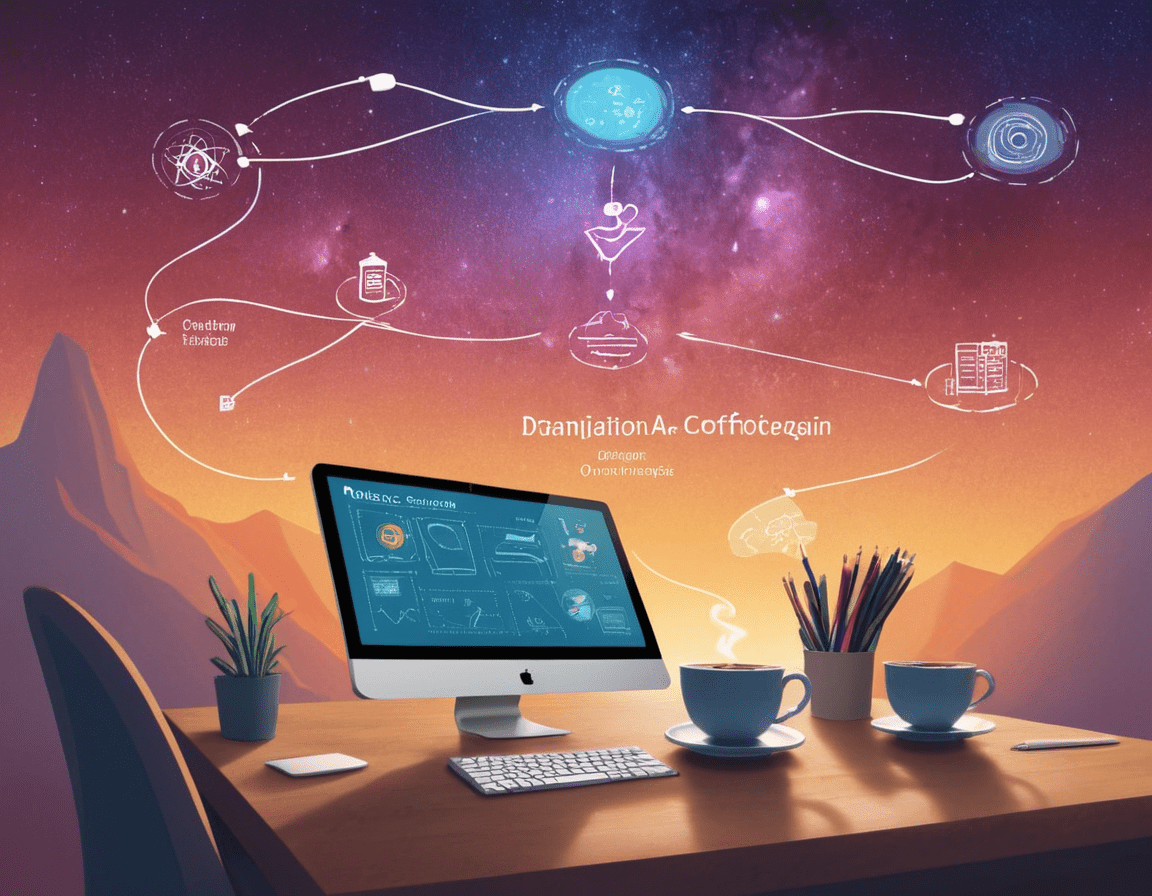
Why This Matters to YOU
Following software development best practices and ITIL patterns isn't just about pleasing managers or checking a box ☑️. These practices are designed to make your work life significantly better, reduce stress, and help you deliver faster while increasing quality.
The Personal Benefits
🚀 Go Faster, Not Harder
- Automated Testing: Catch bugs early instead of spending weekends debugging production issues
- CI/CD Pipelines: Deploy confidently without manual, error-prone processes
- Infrastructure as Code: Recreate environments in minutes, not hours
- Version Control: Never lose work again or struggle to understand what changed
😌 Reduce Stress & Improve Sleep
- Monitoring & Alerting: Know about problems before users complain
- Documentation: Stop being the single point of failure for critical knowledge
- Standardized Processes: Reduce decision fatigue with clear procedures
- Incident Management: Handle emergencies systematically instead of chaotically
🏠 Better Work-Life Balance
- Proper Change Management: Fewer emergency deployments during personal time
- Service Level Management: Set realistic expectations and stick to them
- Capacity Planning: Avoid burnout from constant firefighting
- Knowledge Management: Take vacations without worrying about critical systems
Key Practices That Transform Your Daily Experience
Development Practices
Code Reviews
- What it is: Peer review of code changes before merging
- Personal benefit: Learn continuously, share knowledge burden, catch issues before they become your problem
Test-Driven Development (TDD)
- What it is: Write tests before writing code
- Personal benefit: Higher confidence in changes, fewer late-night bug fixes, clearer requirements
Continuous Integration
- What it is: Automatic building and testing of code changes
- Personal benefit: Immediate feedback, no more "it works on my machine" scenarios
Continuous Deployment
- What it is: Automated deployment of tested code changes to production
- Personal benefit: Reduce deployment stress, faster feedback from users, smaller change sets mean easier rollbacks
Infrastructure as Code
- What it is: Managing infrastructure through code and version control
- Personal benefit: Reproducible environments, no more "snowflake" servers, easier disaster recovery
Continuous Learning & Training
- What it is: Regular skill development and knowledge sharing sessions
- Personal benefit: Stay current with technology, reduce imposter syndrome, career advancement opportunities
Pair Programming
- What it is: Two developers working together on the same code
- Personal benefit: Faster learning, fewer bugs, shared knowledge, less isolation
Documentation as Code
- What it is: Treating documentation with the same rigor as code (version control, reviews, automation)
- Personal benefit: Always up-to-date docs, no more outdated wikis, searchable knowledge base
ITIL Service Management
Incident Management
- What it is: Structured approach to handling service disruptions
- Personal benefit: Clear escalation paths, defined roles, no more guessing who should fix what
Change Management
- What it is: Controlled process for making changes to systems
- Personal benefit: Reduced risk of breaking things, proper planning prevents poor performance
Problem Management
- What it is: Root cause analysis to prevent recurring issues
- Personal benefit: Fix things once instead of repeatedly patching symptoms
Service Level Management
- What it is: Defining and measuring service quality commitments
- Personal benefit: Realistic expectations, objective success criteria, protection from unreasonable demands
Knowledge Management
- What it is: Systematic capture, organization, and sharing of organizational knowledge
- Personal benefit: No more being the only person who knows how something works, easier onboarding, vacation without guilt
Service Desk
- What it is: Single point of contact for user issues and requests
- Personal benefit: Structured support process, proper issue tracking, less interruption from random requests
Capacity Management
- What it is: Ensuring adequate resources to meet service demands
- Personal benefit: Prevents overcommitment, realistic planning, sustainable workload
The Compound Effect: How Small Changes Create Big Results
Week 1-2: Initial Setup Investment
- Setting up automated tests and CI/CD
- Creating documentation templates
- Establishing code review processes
Month 1-3: Early Returns
- Fewer production bugs
- Faster deployment cycles
- More confident releases
- Better team communication
Month 6+: Transformation
- Predictable delivery schedules
- Proactive problem prevention
- Knowledge sharing becomes natural
- Emergency work becomes rare
Common Objections (And Why They're Wrong)
"This slows us down initially"
- Truth: 2 weeks of setup saves months of firefighting
- Better to be slow and steady than constantly starting over
"We don't have time for documentation"
- Truth: You don't have time NOT to document
- Every hour spent documenting saves 10 hours of future confusion
"Our situation is unique"
- Truth: Every team thinks they're special
- These practices exist because they work across industries and contexts
Getting Started: Your First Steps
This Week
- Start doing code reviews for all changes
- Write one test for your next feature
- Document one process that only you know
This Month
- Set up basic CI/CD pipeline
- Implement incident response template
- Create service level agreements for your key services
This Quarter
- Establish regular retrospectives
- Implement proper change management
- Set up monitoring and alerting
The Bottom Line
Software development best practices and ITIL aren't bureaucracy—they're your ticket to:
- Leaving work at work instead of constant fire-fighting
- Building confidence in your systems and processes
- Growing your skills through structured learning and knowledge sharing
- Delivering value consistently without burning out
Remember: These practices were created by developers and IT professionals who got tired of working nights and weekends. They're not theoretical concepts—they're battle-tested solutions to the problems you and I face every day.
Start small and be consistent